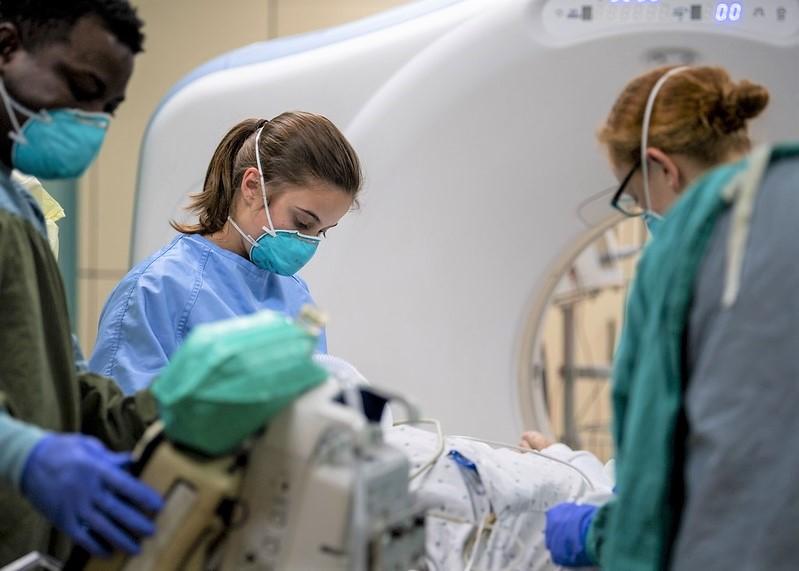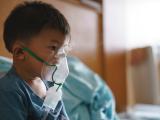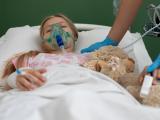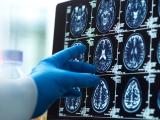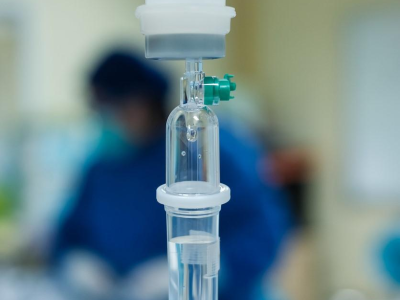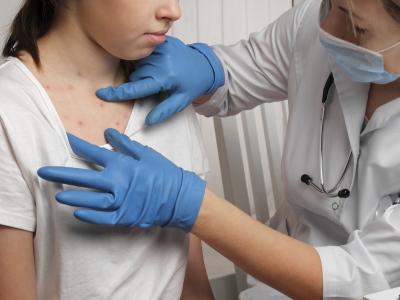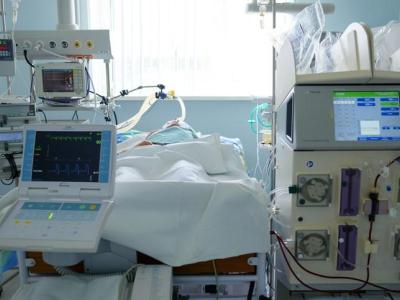Cases of a rare but serious multisystem inflammatory syndrome in children (MIS-C) associated with COVID-19 have been reported throughout the world. Now a study published late last week in Morbidity and Mortality Weekly Report describes a similar syndrome in 27 adults with the coronavirus.
Led by researchers from the US Centers for Disease Control and Prevention (CDC), the study involved identifying suspected cases of the syndrome from clinician and public health reports and published case reports and case series from the United States and the United Kingdom.
The patients were not severely ill with COVID-19 but had cardiovascular, gastrointestinal, dermatologic, and neurologic signs and symptoms and elevated biomarkers of inflammation and abnormal blood clotting consistent with multisystem inflammatory syndrome in adults (MIS-A). They had either tested positive for coronavirus on polymerase chain reaction (PCR) or antibody testing, indicating current or recent infection.
Similarly, common signs and symptoms in children diagnosed as having MIS-C are shock, cardiac dysfunction, stomach pain, and elevated levels of C-reactive protein (CRP), ferritin, and interleukin-6, all indicating inflammation, and D-dimer, a sign of abnormal clotting.
Heart dysfunction, inflammation, mucositis
Sixteen MIS-A patients described in case reports and CDC data showed that all had evidence of syndrome-related heart issues such as abnormal rhythms, elevated troponin concentrations, or left or right ventricular dysfunction.
Thirteen patients had gastrointestinal symptoms at hospital admission, and five had dermatologic abnormalities, three of them with mucositis, a painful inflammation and ulceration of the lining of the digestive tract that is usually the result of chemotherapy or radiation for cancer.
Ten of 16 patients (63%) had lung abnormalities on chest imaging, and 12 (75%) had a fever of 100.4°F or higher for at least 24 hours. All had elevated concentrations of CRP, ferritin, and D-dimer. Ten patients also had low levels of lymphocytes, which can indicate infection.
Four of the six patients who tested negative for COVID-19 on initial assessment (67%) had antibodies to the virus. Ten of the 16 patients (63%) needed intensive care, three required mechanical ventilation (19%), and two (13%) died.
The patients, who were 21 to 50 years old, were of Asian (one patient), Hispanic (five), and black ethnicities (10). Nine patients were otherwise healthy, while six were obese, one had uncontrolled type 2 diabetes, two had high blood pressure, and one had obstructive sleep apnea. Eight patients had respiratory symptoms before developing MIS-A, while the rest did not.
Large-vessel strokes, vascular abnormalities
One case series involving seven men aged 20 to 42 years who experienced shock, had elevated levels of inflammatory markers, and tested positive for coronavirus antibodies; four had tested negative for COVID-19 on PCR. Three needed medications to regulate their heart and blood pressure, and three required insertion of an intraaortic balloon pump.
Two patients were black, two were Hispanic, two were Middle Eastern, and one was white. All of them recovered.
Another case series described two patients 21 and 50 years old who sought medical attention after having coronavirus-related large-vessel strokes, possibly associated with abnormal clotting and nonobstructive coronary artery disease. While they had few respiratory symptoms, they showed high concentrations of inflammatory markers.
A third case series involved two COVID-19 patients with vascular abnormalities, heart dysfunction, gastrointestinal signs and symptoms, and rash. One, who had an underlying illness, died within hours of seeking care; the other recovered.
Importance of antibody testing
The authors said that the findings show that adults of all ages with current or previous COVID-19 infection can develop MIS-A. What set this subset of patients apart from other coronavirus patients with hyperinflammation and multiorgan dysfunction is that they didn't have severe symptoms such as respiratory failure.
While the cause of MIS-A and MIS-C is unknown, the authors noted that 8 of the 27 adults in the study (30%) and 45% of 440 children with MIS-C reported to the CDC through Jul 29 tested negative for COVID-19 on PCR but positive on antibody testing, suggesting a postinfectious syndrome or persistent infection outside of the upper respiratory tract.
Because eight MIS-A patients reported no previous respiratory symptoms, it was difficult to estimate when they were infected with COVID-19, but those who reported previous coronavirus symptoms developed MIS-A 2 to 5 weeks later.
Clinicians should consider the diagnosis of MIS-A in adults with associated signs and symptoms, even if they don't test positive on PCR, and follow up with antibody testing, the researchers said. Laboratory testing for markers of inflammation, abnormal clotting, and organ damage may also be indicated.
"As with children, it is important that multidisciplinary care be considered to ensure optimal treatment," the authors wrote. "In the process of learning more from MIS-A cases, the working case definition might need to be revised in order to systematically conduct a call for cases. Further research is needed to understand the pathogenesis and long-term effects of this newly described condition."
